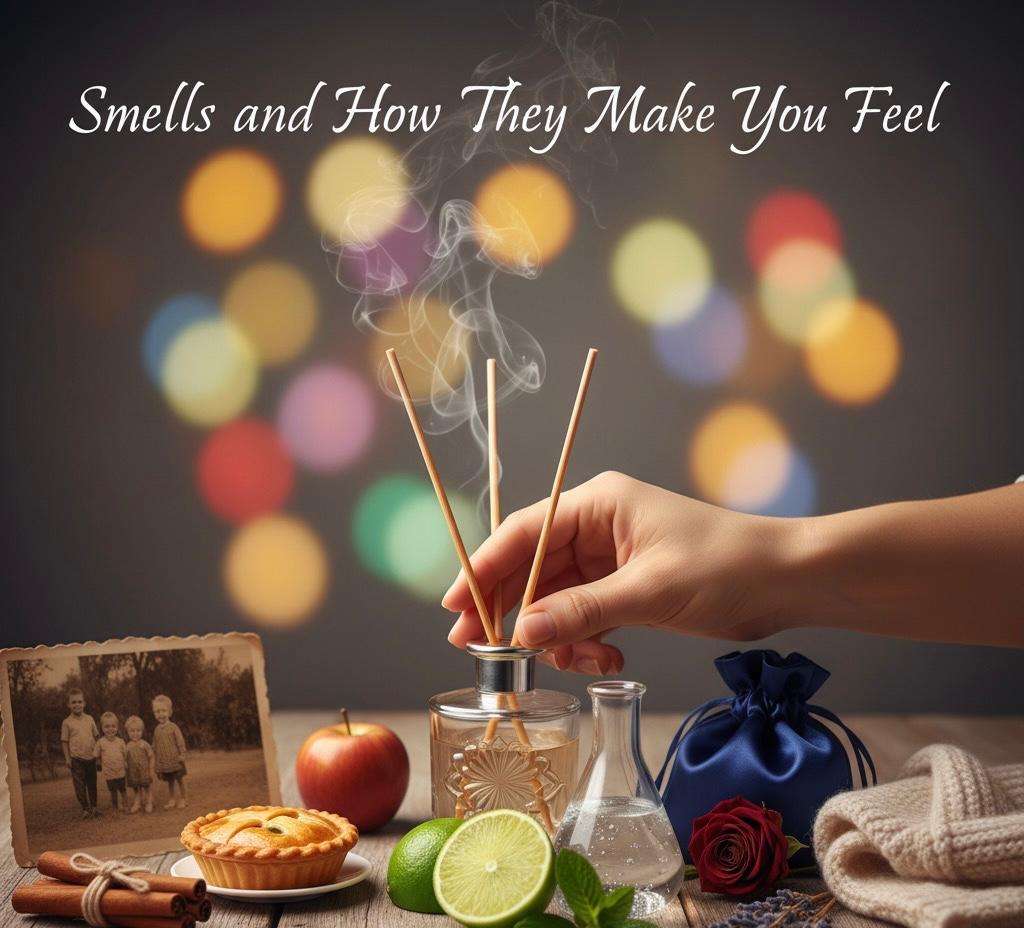Attraction goes beyond the physical; psychological and behavioural aspects play a significant role in how others perceive us. Research in psychology offers fascinating insights into traits and behaviors that can enhance one’s attractiveness beyond mere physical appearance. This article explores various psychological tips to appear more attractive, supported by scientific evidence.
Confidence is Key
Confidence is often cited as one of the most attractive qualities in a person. A study by Murphy, Vallacher, Shackelford, Bjorklund, and Yunger (2003) in the Journal of Research in Personality demonstrated that individuals displaying confidence through their body language and behavior were perceived as more attractive. Confidence suggests competence and assertiveness, traits that are universally appealing.
The Power of a Genuine Smile
Smiling is a universal signal of friendliness and warmth. A genuine smile, also known as a Duchenne smile, can make a person appear more approachable and attractive. Research by Otta, Abrosio, and Hoshino (1996) in the Perceptual and Motor Skills journal found that smiling individuals were rated higher on attractiveness than those with neutral expressions. Smiling not only makes you more approachable but also reflects a positive, upbeat attitude.
Active Listening
Showing genuine interest in others can significantly boost your attractiveness. Active listening, which involves paying full attention to the speaker, reflecting on what’s being said, and responding thoughtfully, demonstrates that you value the other person’s thoughts and feelings. Jones, Bodie, and Hughes (2019) in Human Communication Research highlighted that individuals who engage in active listening are perceived as more attractive because they create a sense of closeness and personal interest.
Kindness and Altruism
Kindness and altruism are highly attractive traits. Studies have shown that people who exhibit kindness and a willingness to help others are often perceived as more desirable partners. Tovée, Brown, and Jacobs (2002) in the Proceedings of the Royal Society B: Biological Sciences suggested that altruistic behavior could increase an individual’s attractiveness as it indicates good mate qualities such as empathy and caring.
Humor and Lightheartedness
A good sense of humor is universally considered an attractive trait. Humor not only eases tension and creates a positive atmosphere but also indicates intelligence and creativity. Lundy, Tan, and Cunningham (1998) in the Personality and Individual Differences journal found that individuals who use humor in social interactions are perceived as more attractive. Humor facilitates social bonding and indicates a playful and adaptive personality.
Dressing and Grooming
While not purely psychological, the effort put into dressing and grooming can influence perceived attractiveness through the halo effect, where individuals attribute positive qualities to someone based on their appearance. Clothes and grooming can signal personal style, social status, and attention to detail, enhancing overall attractiveness (Niesta Kayser, Agthe, & Maner, 2016, Journal of Experimental Social Psychology).
Conclusion
Attractiveness is a multifaceted concept influenced by physical, psychological, and behavioral factors. Confidence, a genuine smile, active listening, kindness, humor, and thoughtful grooming can all enhance how attractive you appear to others. These qualities suggest not only a well-rounded individual but also someone who values themselves and others, making them inherently more appealing.
References
- Murphy, N. A., Vallacher, R. R., Shackelford, T. K., Bjorklund, D. F., & Yunger, J. L. (2003). Relationship experience as a predictor of romantic jealousy. Journal of Research in Personality.
- Otta, E., Abrosio, F. F. E., & Hoshino, R. L. (1996). Reading a smiling face: Messages conveyed by various forms of smiling. Perceptual and Motor Skills.
- Jones, S. M., Bodie, G. D., & Hughes, S. D. (2019). The impact of mindfulness on empathy, active listening, and perceived provisions of emotional support. Human Communication Research.
- Tovée, M. J., Brown, J. E., & Jacobs, D. (2002). The role of altruism in mate choice and sexual selection. Proceedings of the Royal Society B: Biological Sciences.
- Lundy, D. E., Tan, J., & Cunningham, M. R. (1998). Heterosexual romantic preferences: The importance of humor and physical attractiveness for different types of relationships. Personality and Individual Differences.
- Niesta Kayser, D., Agthe, M., & Maner, J. K. (2016). Strategic sexual signals: Women’s display versus avoidance of the color red depends on the attractiveness of an anticipated interaction partner. Journal of Experimental Social Psychology.
How to get in touch
If you or your patient/NDIS clients need immediate mental healthcare assistance, feel free to get in contact with us on 1800 NEAR ME – admin@therapynearme.com.au







